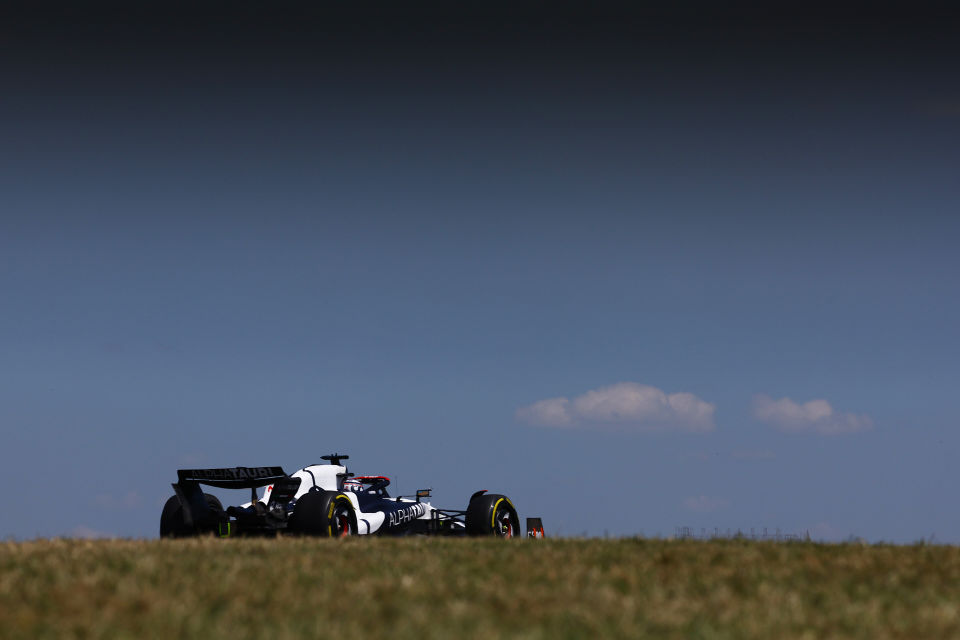FIA Clamps Down on Flexing Loopholes in F1, Issues New Technical Directive TD018
The FIA has issued Technical Directive TD018 to address and tighten rules against flexing loopholes in Formula 1. This move comes after suspicions that teams have been exploiting aerodynamic advantages through flexible front and rear wing elements.
Key Takeaways:
- The FIA’s introduction of TD018 is a response to teams potentially exploiting ‘flexing loopholes’ for aerodynamic benefits. This directive focuses on ensuring that car components influencing aerodynamic performance are securely fixed and not used to bypass existing load tests.
- In preparation for scrutineering, teams are required to submit detailed assembly drawings and cross-sections of their car’s bodywork, particularly focusing on the attachment of front and rear wing elements. This scrutiny is part of the FIA’s effort to understand the current designs and their compliance with the new directive.
- Herbie Blash, FIA’s senior race director advisor, highlighted concerns on the flexing of wing elements in F1. He shared his observations about visible wing movements on TV, using a ruler to measure the flex on-screen. This observation underscores the need for stricter enforcement of the aerodynamic rules.

The recent developments in Formula 1 indicate a significant step by the FIA in ensuring fair competition and adherence to technical regulations. The issuance of Technical Directive TD018 is a direct response to the growing concerns about teams finding ways to bend the flexibility rules in their favor, particularly in the front and rear wings of their cars.
Motorsport.com reports that the new directive is designed to regulate flexible bodywork that exceeds the limits of current load tests. By doing so, the FIA aims to remind teams of their obligation to comply with Article 3.2.2 of the Technical Regulations, which stipulates that any component influencing aerodynamic performance must be rigidly secured to the car.
In anticipation of the scrutineering process, the FIA has requested teams to submit comprehensive assembly drawings and cross-sections of their cars. This is expected to shed light on the attachment mechanisms of the front and rear wing elements to various parts of the car, such as the nose, rear-wing endplates, pylons, and rear-impact structure. All teams are expected to submit these reports by September 8, following the Italian Grand Prix.
However, the directive demands that teams employ compliant designs for the Singapore Grand Prix, especially if any non-compliance is identified. This effectively means that the Italian GP could be the last race where current designs are used.
Herbie Blash’s comments on the Beyond the Grid podcast further underscore the concerns around flexible wings in Formula 1. His admission of using a ruler to gauge the amount of flex visible on TV highlights the challenge faced by the FIA in enforcing these regulations effectively.
This latest action by the FIA aligns with the announcement of the 2022 cost cap results, signaling a period of heightened regulation and scrutiny in the sport. It is clear that the governing body is tightening its control over technical regulations, marking a pivotal moment in ensuring the integrity and fairness of Formula 1 racing.

